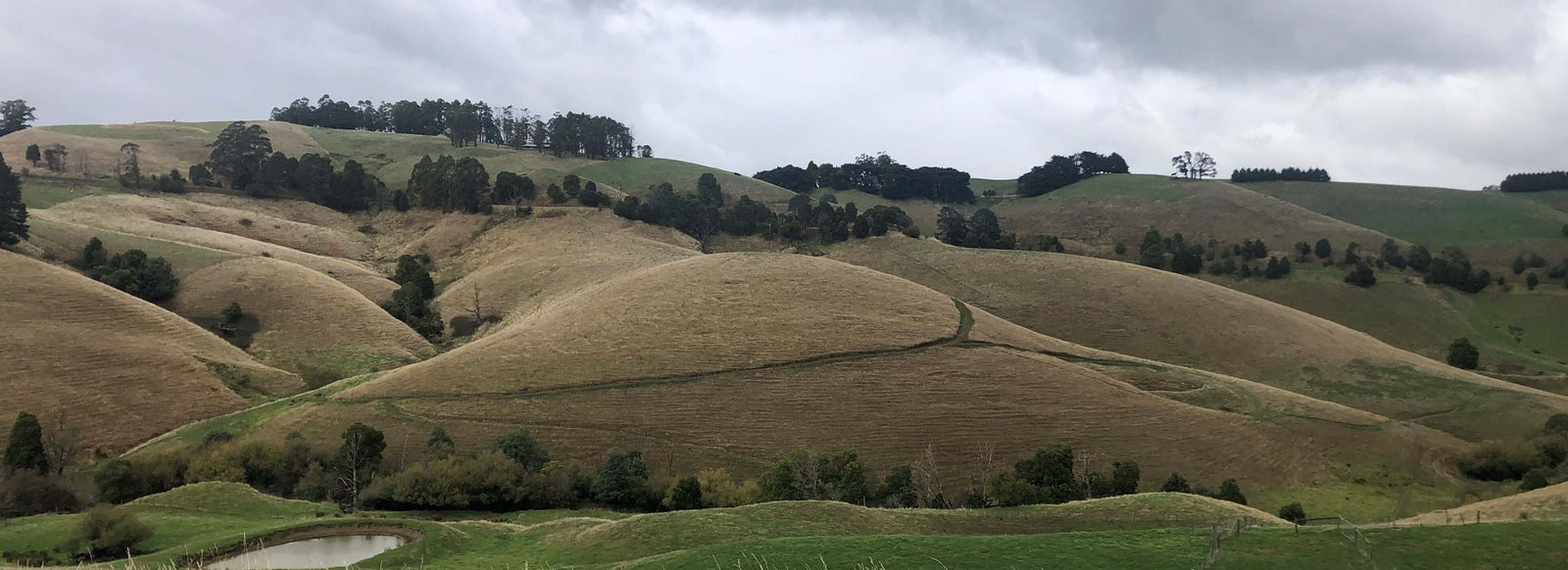Bringing Sustainable Regenerative Agriculture Together With Climate Action
On Boonwurrung Country in the rolling hills of South Gippsland, you’ll find our revegetation project at Glendalough. With parts of the property being utilised for farming, this project demonstrates how critical climate action can go hand-in-hand with sustainable agricultural practices.
By building habitat for the local wildlife, helping reduce soil erosion and removing carbon from the atmosphere, this project will make a significant impact on our climate and environment.
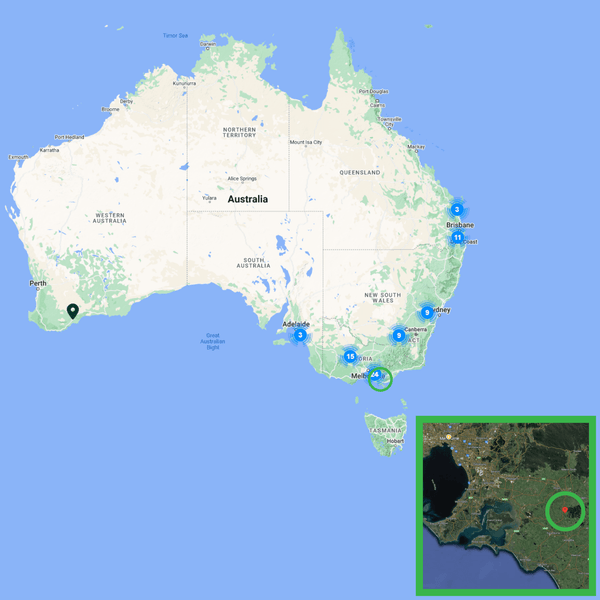
Location & Map
Located in Ferndale, Victoria, nearly half of this 240-hectare property will be returned to native forest. This is an area 50 times the size of the Melbourne Cricket Ground (MCG), Australia’s largest sporting field.
This is one of many Greenfleet projects in the South Gippsland region including Wurneet Laang Laang and Battery Creek, one of our longest standing projects.
It is also one of six Greenfleet owned properties across this region, which together are creating stretches of protected habitat for species including the giant Gippsland earthworm and Strzelecki koalas.
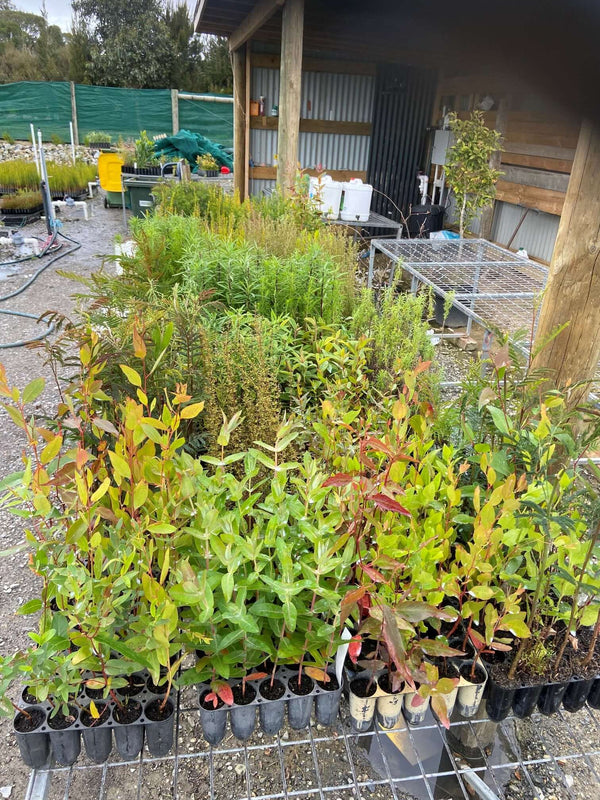
Revegetation & Species Selection
Glendalough was first revegetated in 2021, with further plantings in 2022 and 2023 as additional parts of the property were restored.
In total, 38 native species have been planted at Glendalough across three different Ecological Vegetation Classes (EVC).
EVCs help classify different vegetation types across Victoria. At Glendalough, these include Wet Forest, Damp Forest and Warm Temperate Forest make up the EVCs across the property. Damp Forest and Warm Temperate Rainforest are both classified as endangered within the Strzelecki Ranges.
A number of fast-growing eucalypt species were planted to form the forest canopy and provide habitat for the local wildlife. Species such as manna gum (Eucalyptus viminalis) and blue gum (Eucalptus globulus) are particularly important for koalas once they are established. They will be used for habitat and food sources for the animals.
Another important species planted is the Strzekecki gum (Eucalyptus strzeleckii), a critically endangered tree species only found in the Strzelecki Ranges. Greenfleet restores this species in all revegetation projects in the region to help increase its prevalence.
Building Habitat For South Gippsland’s Wildlife
The revegetation work at Glendalough will provide habitat for many native wildlife species including a variety of native birds and koalas. The eucalypt species planted will support the return of Strzelecki koalas, a species found in this area and one of the healthiest koala populations in Australia.
Strzelecki koalas are a direct descendent from the original Victorian koala gene pool (all other koala populations throughout Victoria and South Australia have been translocated). The Strzelecki koalas may also hold the key for the survival of the species in Australia, as koala populations in Queensland, New South Wales and South Australia are now endangered.
This builds on Greenfleet’s other projects in the region such as Wurneet Laang Laang, where Strzelecki koalas were found in the revegetation area within just five years of planting.
Located at the headwaters of the Tarwin River Catchment, this forest will also help slow water as it moves through the area, reduce erosion, and improve water retention. This will enhance water quality and as a result, the habitat conditions for a number of riparian and freshwater species such as native crayfish.
Strzlecki burrowing crayfish, which are sadly endangered, spend their entire life cycle underground in tunnel systems, only coming to the surface during wet, overcast conditions and during the night. The waterways at Glendalough are also ideal habitat for other endangered species including the Australian grayling, a slender fish that is sometimes known as the cucumber mullet or cucumber herring, for its cucumber-like odour.
An unusual threatened species found at Glendalough is the giant Gippsland earthworm, referred to by Sir David Attenborough as “One of the rarest and most extraordinary of all earthworms”. It’s the largest earthworm in the world, reaching 3 metres in length. It is rarely seen due to its underground life cycle but sometimes can be heard as it moves beneath the ground. Find out more about it here.
Other species planted at Glendalough include sweet bursaria (Bursaria spinosa), a species that often forms part of the understorey of eucalypt forests, and prickly tea-tree (Leptospermum continentale), another understorey species that can provide nectar to bees, insects, and wildlife.
There is some remnant vegetation at Glendalough that our Revegetation team estimates to be more than 100 years old. The reforestation work will extend this existing and provide even more potential habitat for the local wildlife.
These existing trees have developed hollows and cavities over time that form as a result of weathering from lightening, wind, or even decay from termites or fungi. Hollows provide important habitat for hundreds of native Australian animals including the endangered glossy black cockatoo, the swift parrot, and the Leadbeater possum. In some instances, they can take hundreds of years to form highlighting the importance of legally protecting these forests into the future.
The forest at Glendalough will also provide habitat for southern greater gliders. Greater gliders were recently reclassified to endangered in many states, including Victoria, due to the impacts of land clearing. Their current status makes the restoration of their habitat critical.
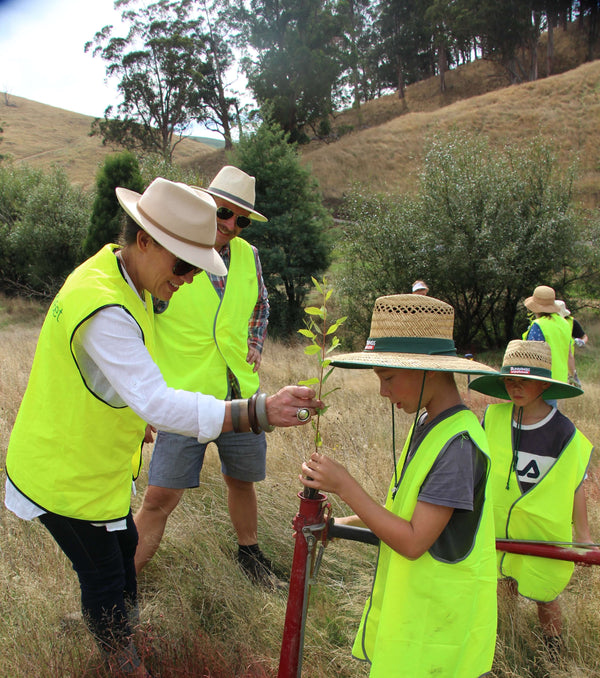
Regenerative Agriculture
Rebeka and Martin Axon-Johansson relocated to Glendalough with their sons Huxley and Rohan in late 2021. They are farming parts of the property with a focus on regenerative practices and their methods are complementing Greenfleet’s exploration of climate action and agriculture.
Cattle are kept on the farm with the ethos of “Beef for a Better World”. Bek and Martin have implemented Landscape Function Grazing, which is designed to help stimulate the land, sequester carbon, and allow it to regenerate fully between grazing periods. This methodology entails having ultra-high stock density of up to 1,000 head of cattle per hectare that are moved frequently (as many as four more times a day). This is followed by long recovery periods of around 12 months.
In 2024, Bek and Martin incorporated Community Supporter Agriculture (CSA) into their business, where the community can invest and buy directly from the farm. Those purchasing are repaid with the harvest as the produce becomes available throughout the year. CSA financially supports farmers working in a sustainable way.
Glendalough Farms’ Regenerative and Organic Meat is available to order. If you are interested in purchasing sustainable produce, you can learn more and get involved here.
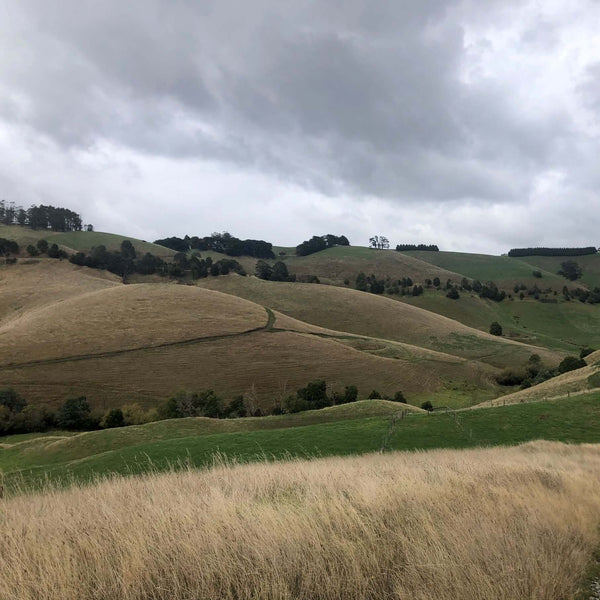
Climate Action
The forest Greenfleet is planting at Glendalough is legally protected for the next 100 years. Over that time, it will remove nearly 173,000 tonnes of carbon from the atmosphere which is the equivalent of what 40,000 average vehicles emit in a single year.
In addition to our traditional carbon accounting methodologies, Greenfleet is also exploring the measurement of soil carbon at Glendalough. In 2021, samples were taken from pastured areas on the property to measure the carbon held in the soil. We will repeat this process over the coming years to determine how the levels have changed and the amount of carbon that is being sequestered in these areas.
About Greenfleet
Greenfleet is an Australian not-for-profit environmental organisation, protecting our climate by restoring our forests since 1997.
We plant native biodiverse forests to capture carbon emissions and help fight the impacts of climate change. Greenfleet is Australia’s first carbon offset provider and since our inception we have planted over 11.2 million native trees creating more than 550 forests in Australia and New Zealand.
Our forests are legally protected for up to 100 years, conserving biodiversity, improving the health of our soils and waterways, and restoring habitat for wildlife, including many endangered species.
Greenfleet grows forests and climate hope by empowering people to take tangible and long-lasting environmental action.
Location Size
240 hectares in South Gippsland, Victoria
Planting Dates
2021, 2022, 2023
Species
- Silver wattle (Acacia dealbata)
- Blackwood (Acacia melanoxylon)
- Prickly moses (Acacia verticillata)
- Prickly moses (Acacia verticillata ssp. verticillata)
- Southern sassafras (Atherosperma moschatum)
- Blanket leaf (Bedfordia arborescens)
- Sweet bursaria (Bursaria spinosa)
- Dogwood (Cassinia aculeata)
- Chinese scrub (Cassinia trinerva)
- Native currant (Coprosma quadrifida)
- Swamp gum (Eucaluptus ovata)
- Mountain grey gum (Eucalyptus cypellocarpa)
- Blue gum (Eucalyptus globulus s.l.)
- Eurabbie (Eucalyptus globulus ssp bicostata)
- Messmate stringybark (Eucalyptus obliqua)
- Mountain ash (Eucalyptus regnans)
- Strzelecki gum (Eucalyptus strzeleckii)
- Manna gum (Eucalyptus viminalis)
- Hop goodenia (Goodenia ovata)
- Austral mulberry (Hedycarya angustifolia)
- Burgan (Kunzea ericoides)
- Yarra burgan (Kunzea leptospermoides)
- Prickly tea-tree (Leptospermum continentale)
- Woolly tea-tree (Leptospermum lanigerium)
- Tree lomatia (Lomatia frazeri)
- Swamp paperbark (Melaleuca ericafolia)
- Scented paperbark (Melaleuca squarrossa)
- Muttonwood (Mysine howitianna)
- Musk daisy bush (Olearia argophylla)
- Snowy daisy bush (Olearia lirata)
- Tree everlasting (Ozothamnus ferrigineus)
- Elderberry panax (Polyscias sambucifolia)
- Hazel pomaderris (Pomaderris aspera)
- Victorian Christmas bush (Prostanthera lasianthos)
- Kangaroo apple (Solanum avilculare)
- Stinkwood (Zieria arborescens)


